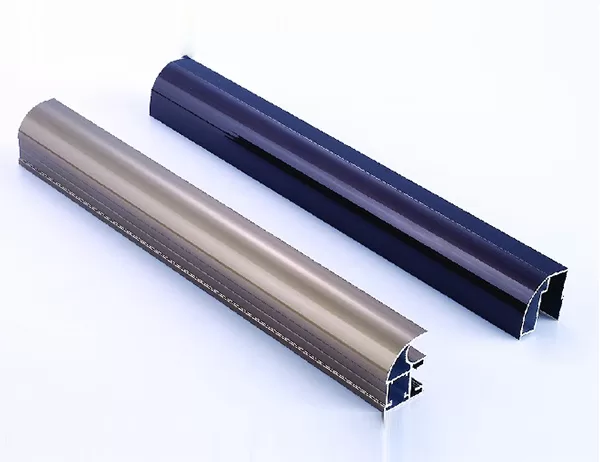In the ever-evolving landscape of construction, innovation reigns supreme. Aluminum shuttering, a modern marvel, has emerged as a formidable contender to traditional formwork methods, promising a plethora of advantages.
Featherweight Champion:
Aluminum shuttering boasts an unmatched strength-to-weight ratio, making it exceptionally lightweight. This featherweight characteristic allows for effortless handling, reducing labor costs and strain on the workforce. Moreover, its mobility facilitates faster erection and dismantling, significantly expediting project timelines.
Durability and Longevity:
Unlike traditional timber formwork, aluminum shuttering exhibits exceptional resistance to wear, tear, and the elements. Its sturdy construction ensures its integrity over multiple pours, dramatically reducing the need for repairs and replacements. This durability translates into long-term cost savings and enhanced project quality.
Precision and Aesthetic Appeal:
The intricate design of aluminum shuttering ensures precise and smooth concrete surfaces. Its reusable nature eliminates the potential for dimensional inaccuracies, resulting in consistent cast quality. Furthermore, the smooth finish reduces the need for post-casting remedial work, thus saving both time and expense.
Sustainability at Its Core:
Aluminum shuttering aligns perfectly with modern sustainability practices. Its recyclability allows for responsible disposal, minimizing environmental impact. Moreover, its durability and extended lifespan reduce the demand for replacement materials, contributing to a greener construction industry.
Economic Considerations:
While the initial investment for aluminum shuttering may exceed that of traditional methods, it more than compensates in the long run. Its longevity, reduced labor costs, and elimination of remedial work significantly lower lifecycle expenses. Additionally, its versatility and ability to handle complex geometries reduce material wastage, further improving project economics.
Conclusion:
Aluminum shuttering has undeniably revolutionized formwork practices, offering a compelling combination of lightweight strength, durability, precision, sustainability, and economic viability. By embracing this innovative material, construction professionals can unlock unparalleled efficiency, quality, and cost-effectiveness in their projects. The choice between aluminum shuttering and traditional methods is no longer a debate, but a resounding endorsement of the future of construction.




